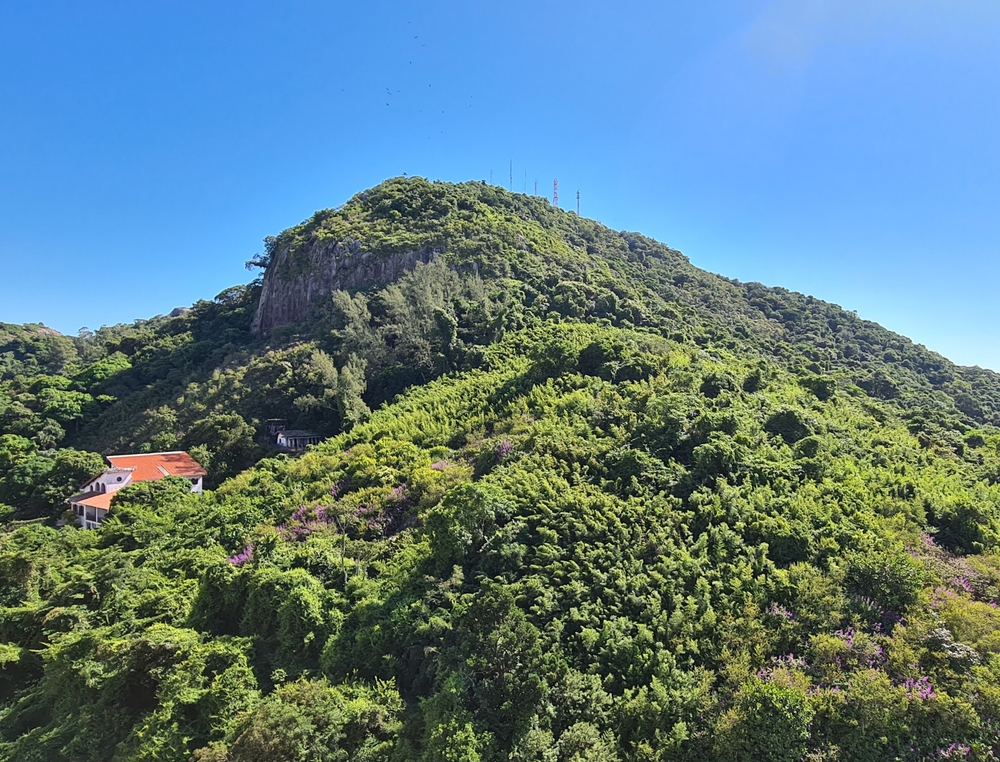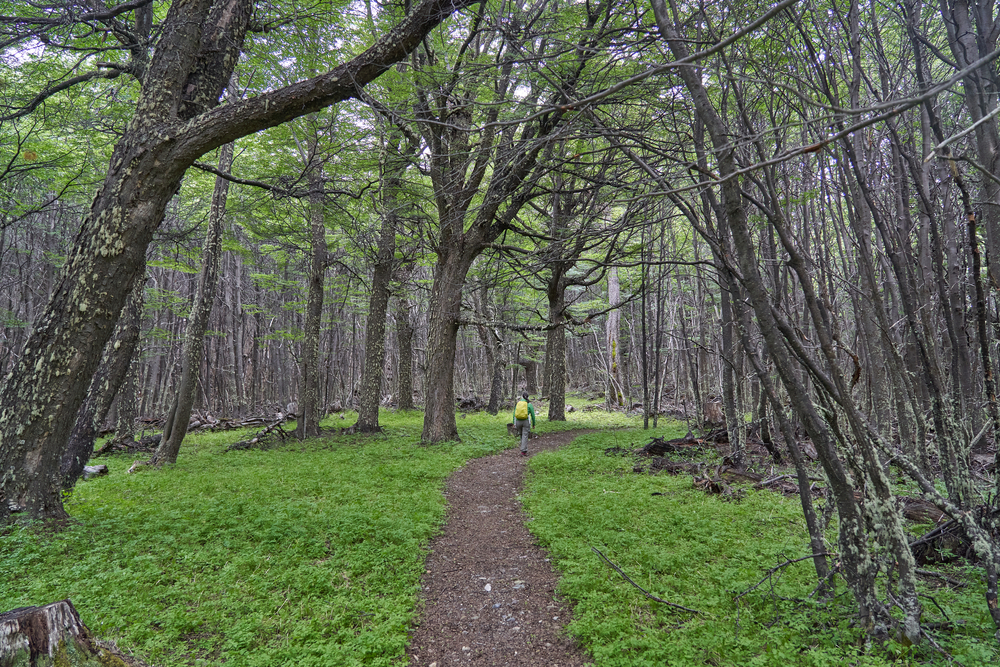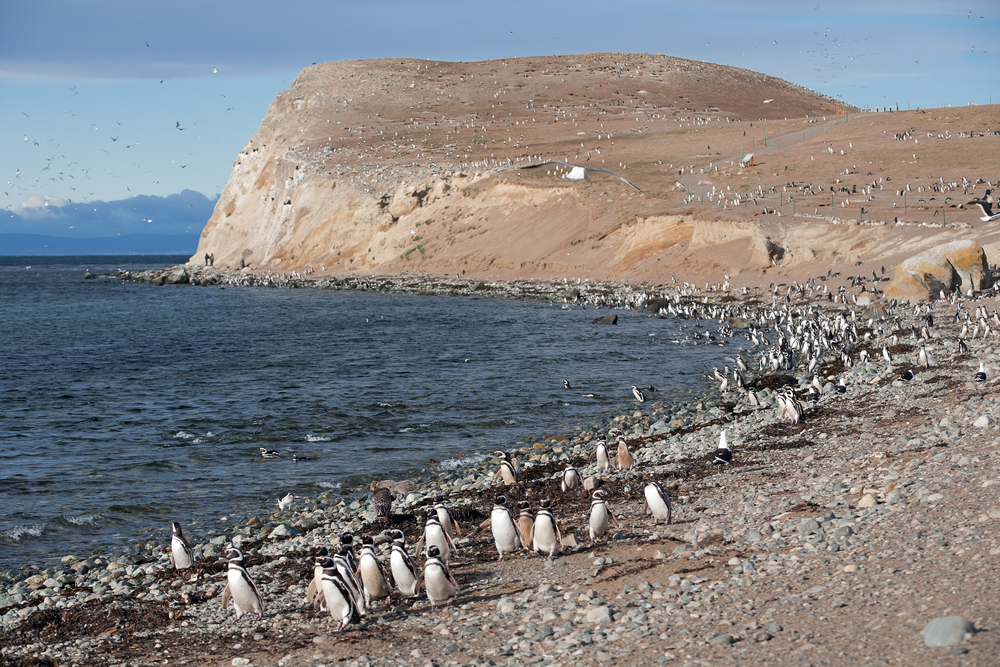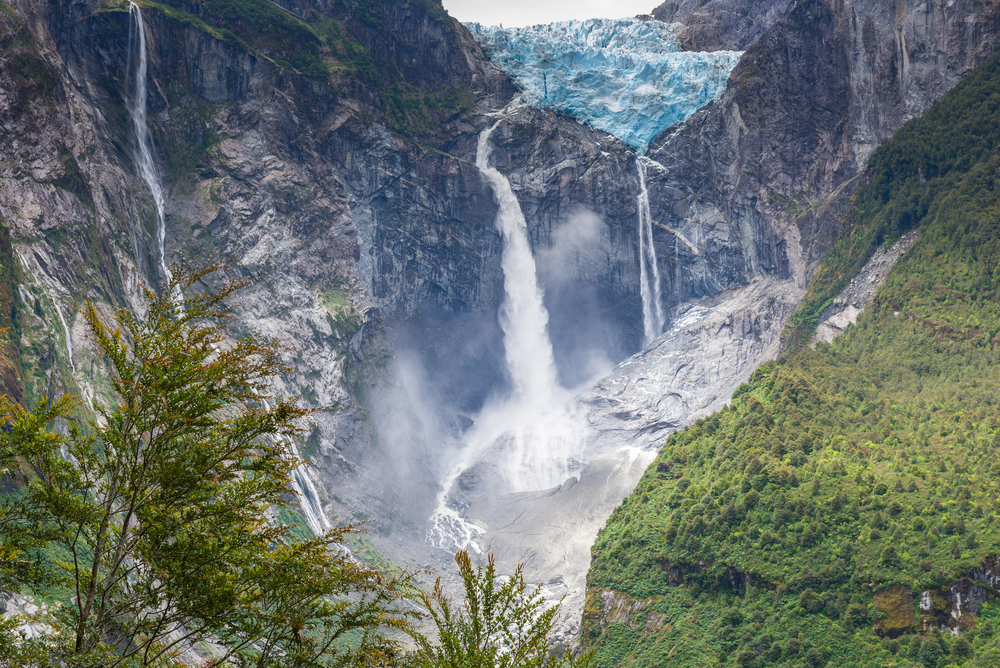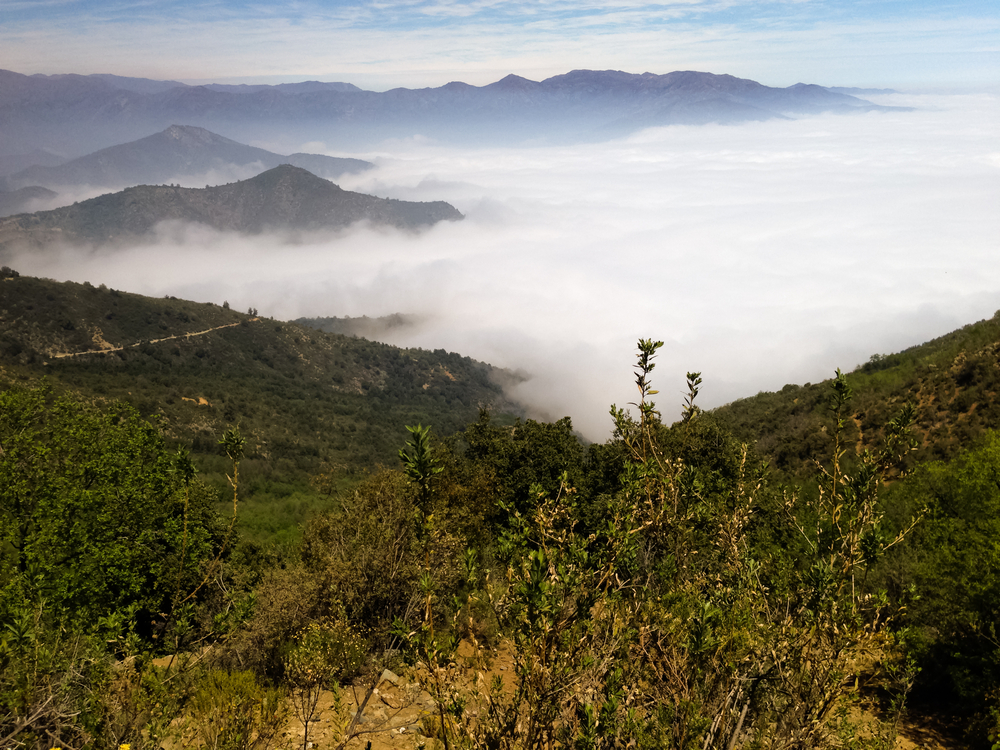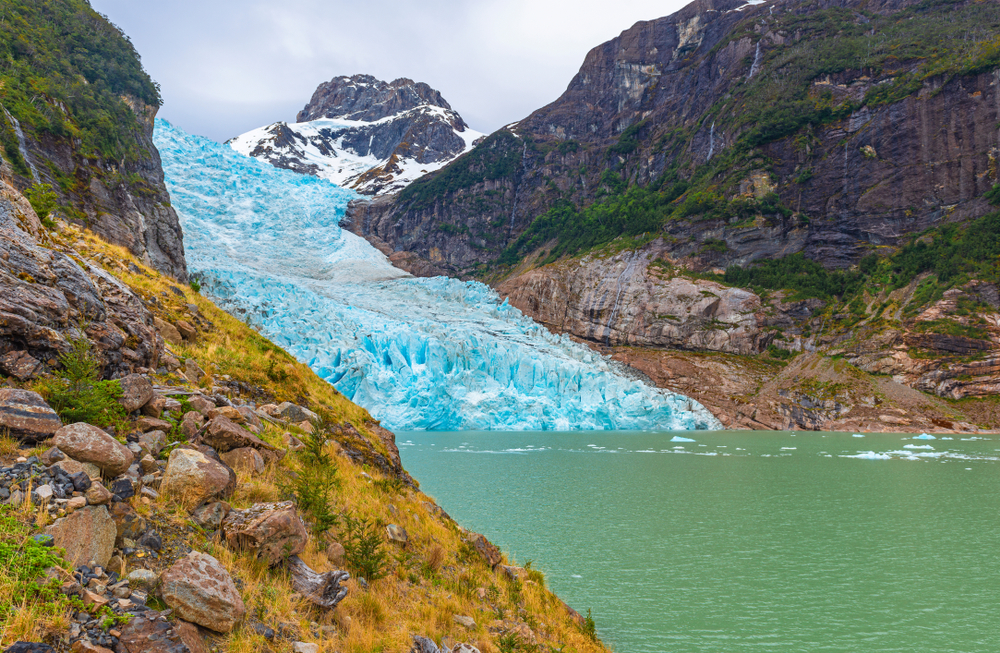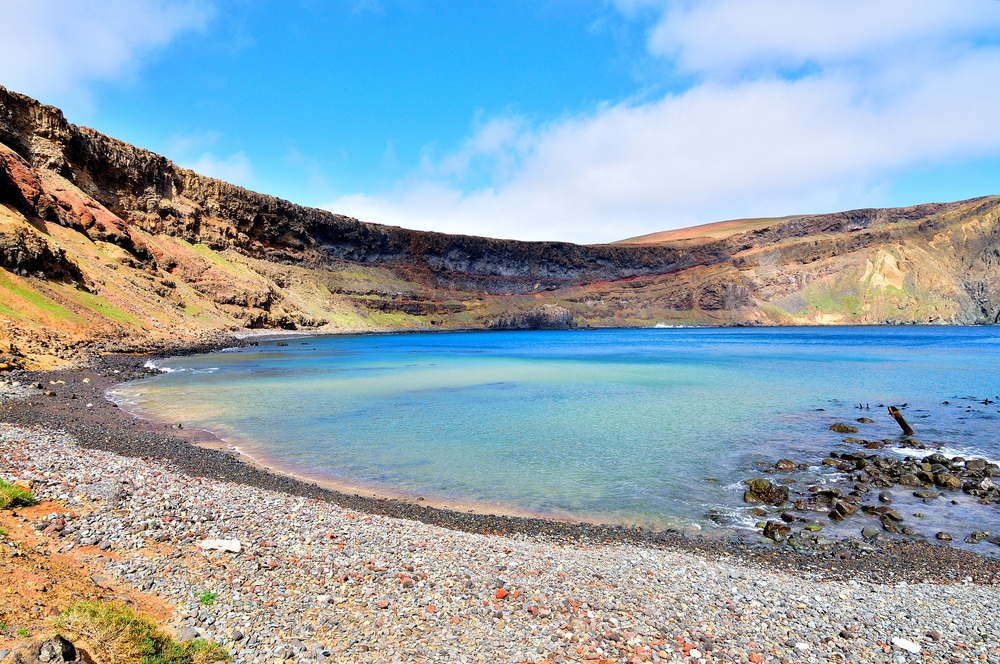Morro Moreno Overview
Morro Moreno National Park, known locally as Parque Nacional Morro Moreno, is a protected area in the Antofagasta Region of northern Chile. Covering approximately 30 square miles (78 square kilometers), the park is situated along the Pacific coast near the city of Antofagasta.
It is characterized by its arid yet striking coastal landscapes, with the Morro Moreno massif being the park’s most prominent feature. This rugged mountainous formation rises sharply from the sea, offering dramatic cliffs and rocky outcrops that contrast with the surrounding desert terrain.
The region is part of the Atacama Desert, one of the driest places on Earth, yet it supports a surprising diversity of life thanks to coastal fog, known as camanchaca, which sustains various plant and animal species. The terrain consists of rocky slopes, coastal plains, and deep ravines that provide a stunning visual contrast against the Pacific Ocean.
Despite its dry climate, Morro Moreno National Park is home to a variety of flora and fauna uniquely adapted to arid conditions. The park shelters endemic plant species such as cacti, desert shrubs, and Tillandsia, a type of air plant that thrives by absorbing moisture from the fog.
The wildlife is equally fascinating, with mammals like guanacos, a wild relative of the llama, and the culpeo fox, a medium-sized Andean fox often spotted in the park. The rugged cliffs provide sanctuary to diverse bird species, making the park a haven for birdwatchers.
Visitors may catch sight of the Peruvian booby, the guanay cormorant, and the striking Andean condor, one of the largest flying birds in the world with its impressive wingspan. The coastal setting also attracts Humboldt penguins, a species adapted to the cold currents of the Pacific Ocean, as well as sea lions that bask along the rocky shores.
One of the park’s most popular features is its dramatic coastline, where towering cliffs meet the ocean, offering breathtaking views and incredible opportunities for photography. Hiking is one of the best ways to explore the park, with trails leading to panoramic viewpoints atop the Morro Moreno massif.
These trails offer sweeping vistas of the Pacific Ocean and the surrounding desert landscape, making for an unforgettable experience. Given the park’s arid conditions, hiking requires preparation, but the reward is the opportunity to see a truly unique ecosystem.
Another popular activity is wildlife observation, with birdwatchers particularly drawn to the cliffs and coastal areas where seabirds and raptors are abundant. Some visitors also explore the rocky tide pools and coastal formations, which support small marine species.
Morro Moreno National Park faces conservation challenges due to its fragile desert ecosystem. Illegal mining, unregulated tourism, and habitat degradation threaten the delicate balance of life in the park. However, conservation efforts, including habitat restoration and environmental education programs, have helped improve the protection of key species.
The park is managed as part of Chile’s National System of Protected Wild Areas (SNASPE), ensuring that regulations are in place to safeguard its biodiversity. Strict visitor guidelines aim to minimize human impact, and research projects continue to monitor the effects of climate change and human activity on the region. The park’s location within one of the driest and most extreme environments in the world makes it a fascinating example of resilience and adaptation in nature.








































































